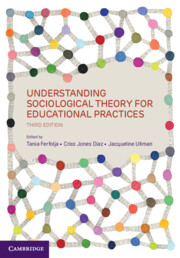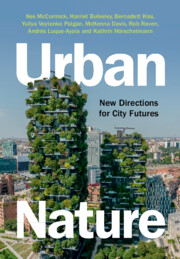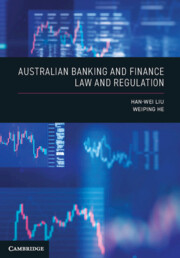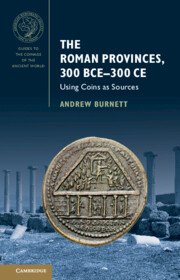Refine search
Actions for selected content:
36846 results in Cambridge Textbooks
Foreword
-
- Book:
- Introduction to Catastrophe Risk Modelling
- Published online:
- 08 November 2024
- Print publication:
- 21 November 2024, pp xvii-xviii
-
- Chapter
- Export citation
1 - Coding and Capacity
-
- Book:
- Channel Codes
- Published online:
- 06 March 2025
- Print publication:
- 21 November 2024, pp 1-28
-
- Chapter
- Export citation
12 - Constructions of LDPC Codes Based on Finite Fields
-
- Book:
- Channel Codes
- Published online:
- 06 March 2025
- Print publication:
- 21 November 2024, pp 579-624
-
- Chapter
- Export citation
Preface to the Second Edition
-
- Book:
- Channel Codes
- Published online:
- 06 March 2025
- Print publication:
- 21 November 2024, pp xix-xx
-
- Chapter
- Export citation
Contents
-
- Book:
- Biomedical Engineering for Global Health
- Published online:
- 20 December 2024
- Print publication:
- 21 November 2024, pp v-viii
-
- Chapter
- Export citation
14 - LDPC Codes for Binary Erasure Channels
-
- Book:
- Channel Codes
- Published online:
- 06 March 2025
- Print publication:
- 21 November 2024, pp 672-702
-
- Chapter
- Export citation
1 - How Technology Has Shaped Evolution of Healthcare
-
- Book:
- Biomedical Engineering for Global Health
- Published online:
- 20 December 2024
- Print publication:
- 21 November 2024, pp 1-30
-
- Chapter
- Export citation
Index
-
- Book:
- Channel Codes
- Published online:
- 06 March 2025
- Print publication:
- 21 November 2024, pp 758-763
-
- Chapter
- Export citation
Reviews
-
- Book:
- Introduction to Catastrophe Risk Modelling
- Published online:
- 08 November 2024
- Print publication:
- 21 November 2024, pp ii-ii
-
- Chapter
- Export citation
9 - Deep Learning
-
- Book:
- Biomedical Engineering for Global Health
- Published online:
- 20 December 2024
- Print publication:
- 21 November 2024, pp 309-343
-
- Chapter
- Export citation
Plates
-
- Book:
- Introduction to Catastrophe Risk Modelling
- Published online:
- 08 November 2024
- Print publication:
- 21 November 2024, pp xi-xi
-
- Chapter
- Export citation
Acknowledgments (First Edition)
-
- Book:
- Channel Codes
- Published online:
- 06 March 2025
- Print publication:
- 21 November 2024, pp xxvi-xxvi
-
- Chapter
- Export citation
2 - Probabilistic Hazard Assessment
- from Part I - Basics of CAT Modelling
-
- Book:
- Introduction to Catastrophe Risk Modelling
- Published online:
- 08 November 2024
- Print publication:
- 21 November 2024, pp 60-117
-
- Chapter
- Export citation
Preface
-
- Book:
- Biomedical Engineering for Global Health
- Published online:
- 20 December 2024
- Print publication:
- 21 November 2024, pp ix-xiv
-
- Chapter
- Export citation
Introduction: What Is Logic?
-
- Book:
- An Introduction to Classical and Modal Logics
- Published online:
- 08 February 2025
- Print publication:
- 21 November 2024, pp 1-4
-
- Chapter
- Export citation
4 - Group Knowledge
-
- Book:
- An Introduction to Classical and Modal Logics
- Published online:
- 08 February 2025
- Print publication:
- 21 November 2024, pp 145-155
-
- Chapter
- Export citation

Understanding Sociological Theory for Educational Practices
-
- Published online:
- 14 November 2024
- Print publication:
- 21 October 2024
-
- Textbook
- Export citation

Urban Nature
- New Directions for City Futures
-
- Published online:
- 14 November 2024
- Print publication:
- 07 November 2024
-
- Textbook
- Export citation

Australian Banking and Finance Law and Regulation
-
- Published online:
- 14 November 2024
- Print publication:
- 17 October 2024
-
- Textbook
- Export citation

The Roman Provinces, 300 BCE–300 CE
- Using Coins as Sources
-
- Published online:
- 14 November 2024
- Print publication:
- 14 November 2024
-
- Textbook
- Export citation
